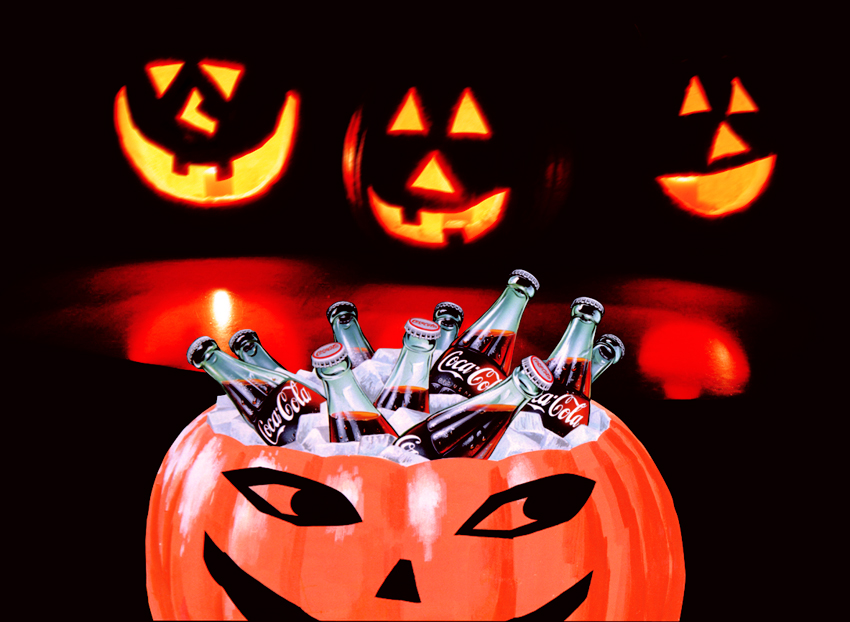

Halloween is one of the most controversial and celebrated holidays in American culture. It has a history that is rich and replete with tradition, blending the customs and beliefs of various European cultures. Early European settlers, the Celts, were the originators of Halloween. The Celts lived two thousand years ago in what is currently Western Europe scattered across France, Ireland, and the United Kingdom.
They celebrated a festival called Samhain on the evening of October 31 to indicate the end of summer and their new year, which was November 1st. The Celts believed that on October 31st the spirits of the dead returned to earth. Not only were these impish spirits believed to damage crops and cause mischief, but also they made it easier for the druids or Celtic priests to predict the future.
During the celebration, the druids built bonfires and sacrificed animals and crops to the Celtic gods. They wore animal skins and heads as costumes. In addition, they set out bowls of food to prevent the ghosts from entering their homes. The Celts are also credited with the tradition of carving jack-o-lanterns. However, they did not use pumpkins, they used turnips.